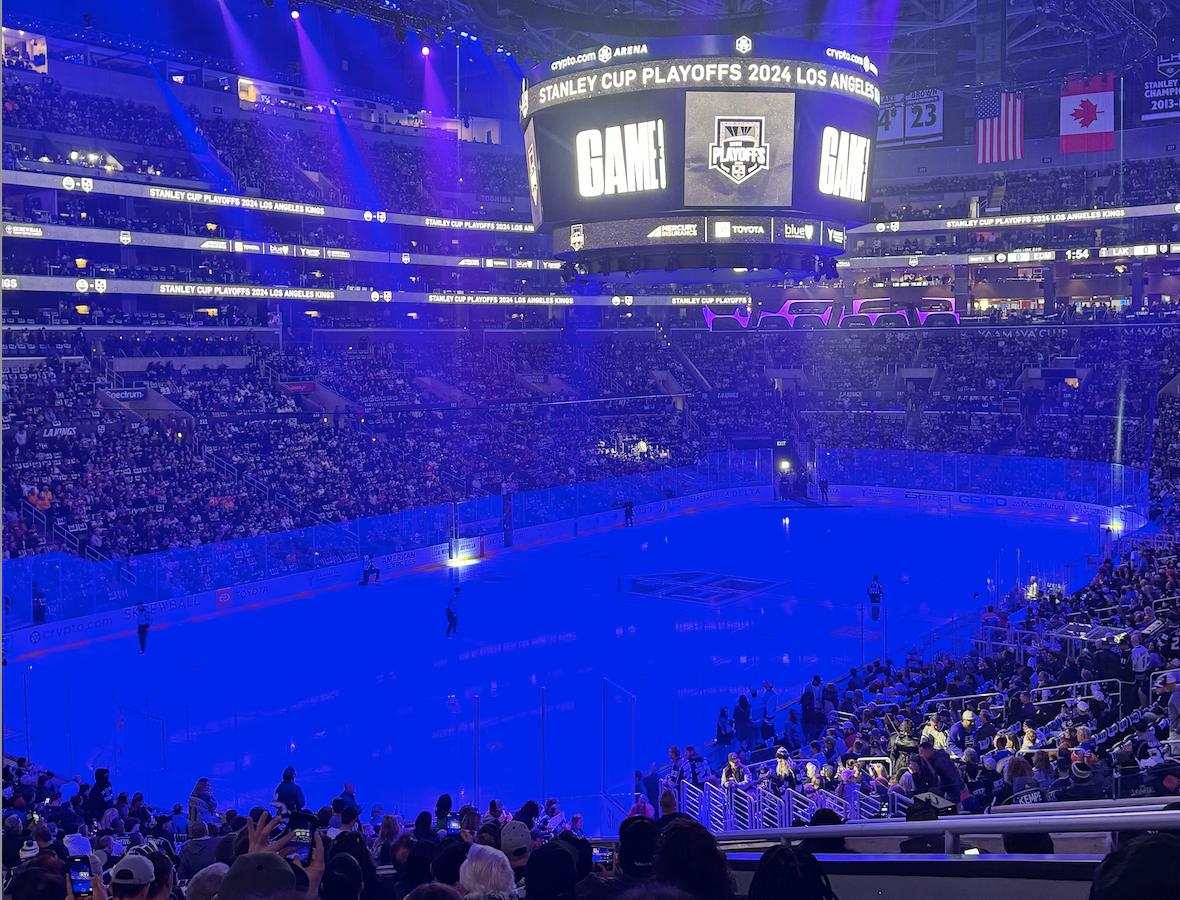The case for giving Leon Draisaitl a short-term bridge contract

With negotiations between the Edmonton Oilers and Leon Draisaitl the team’s most important remaining task this summer, one potential outcome has received less attention than it probably should: a short-term compromise deal between the two camps, commonly known as a bridge contract.
In some ways, it would be a shock if the Oilers and Draisaitl didn’t eventually come to terms on a long-term pact, but in others a shorter deal makes sense. At the risk of over-generalizing, there are two primary reasons an NHL team might prefer a bridge deal to a long-term pact with an emerging young star, and both have some relevance to this negotiation.
Competitiveness of the team
There’s a reason the long-term deal for a young star is a no-brainer for many teams. It’s that those teams aren’t very good.
Most of the league’s best young stars were taken early in the entry draft, and the early picks in the entry draft universally go to teams that were terrible the year before. Thus, the players looking to get paid on their second contracts disproportionately play for teams that are awful. Oilers fans have come to know this firsthand.
That matters because those teams aren’t competitive in the here and now, but hope to be in the future. So it makes sense to spread out the cap hit for young players, to pay them more when the team has no realistic shot at winning and less when the team does.
Consider a hypothetical example, Player X. We’ve charted out his actual value on a one-year deal in each season, what he would be paid on a bridge deal followed by a long-term contract, and finally what he would be paid signing a long-term deal immediately:

In each case, Player X is worth $49 million over the next seven seasons. What matters here is distribution.
In terms of actual value, we see our initial RFA being worth comparatively little. He isn’t yet at the peak of his powers, and he has no arbitration rights. His value increases as he develops and gains access to arbitration, and then spikes as he enters unrestricted free agency in his prime years.
A bridge approach creates savings early on vs. the long-term deal. Over those first two seasons, the team saves $2.5 million each year, which can then be used to employ other skaters. This is why teams like Chicago and Tampa Bay have employed bridge deals in recent years: They are trying to win now, so it makes sense to save money wherever possible, even if it costs more down the road.
The long-term deal, on the other hand, creates savings later. Over the last five years, the team will save $1.0 million annually vs. what it would have saved with a bridge deal. For mediocre teams, this makes sense: pay a little more now when money isn’t so tight, and save down the road in the years where a championship is a reasonable possibility.
Bringing this back to Draisaitl and the Oilers, it’s easy to argue either side. If Edmonton thinks it can win a Cup in the next two seasons, having Draisaitl on a bridge contract will make that easier. But, as the Oilers plan to be contenders for the next decade, it will come with a cost down the road.
Certainty on the player
Failed to load video.
There is another important factor to consider, though. In that last example, we knew exactly what Player X was going to be worth over each of the next seven seasons. The truth, though, is that NHL teams don’t have that luxury. They can make projections, but it’s difficult to see. Always in motion, is the future.
If there’s a reason to think that a player might be overvalued in the present, it’s an argument in favour of the bridge contract, because those supposed savings that come with a long-term deal are less likely to be realized. On the other hand, if there’s reason to think that a player is undervalued in the present, the long-term deal gets more attractive, since the actual savings may be well above what has been projected.
When we look at Draisaitl, is it more likely that he’s being over or undervalued right now?
My colleague Jason Gregor’s latest piece is a pretty good place to go and get an idea. When we look at his list of 70+ point players before age 21, we find three forwards who scored between 75-80 points once on their entry-level contract: Paul Stastny, Anze Kopitar and Jordan Eberle. It’s noteworthy that in two of the three cases, that season is still a career high; in the third (Kopitar, the most successful) it’s the second-best total of his career.
More important is the presence of McDavid. Gregor is rightly skeptical of placing too much value on the WOWY statistic – it’s important to take a Bayesian approach to WOWY, which doesn’t treat the with and without portions as absolutes but rather probabilistically – but there’s no question that playing with the NHL’s best player is a good thing. In a world where the Oilers don’t have McDavid, there’s no question in my mind that Draisaitl’s numbers are less impressive.
There isn’t a whole lot of reason to think that Draisaitl is undervalued at present. He didn’t play for a bad team, didn’t have the coach cut into his minutes, wasn’t handed subpar linemates, wasn’t asked to carry a heavy defensive load and didn’t play on a bad power play. When I look at the season he just had, I don’t see any artificial limiting factor that might have prevented him from scoring. He was placed in a pretty optimal situation.
My view is that Draisaitl is a very good player, one who will likely be a crucial long-term contributor for the Oilers. But the more I think about it, the more a bridge contract seems like a good idea for the club. The team is competitive now, there’s some reason to think Draisaitl’s numbers are inflated (and no reason I can see to think that they were depressed last season) and as a result the usual benefits of a long-term deal don’t seem to apply here. Add in that Draisaitl is in a weaker than normal bargaining position (he has five, rather than four, more years of team control) and a bridge deal followed by a long-term contract seems a prudent course.
Recent articles from Jonathan Willis





